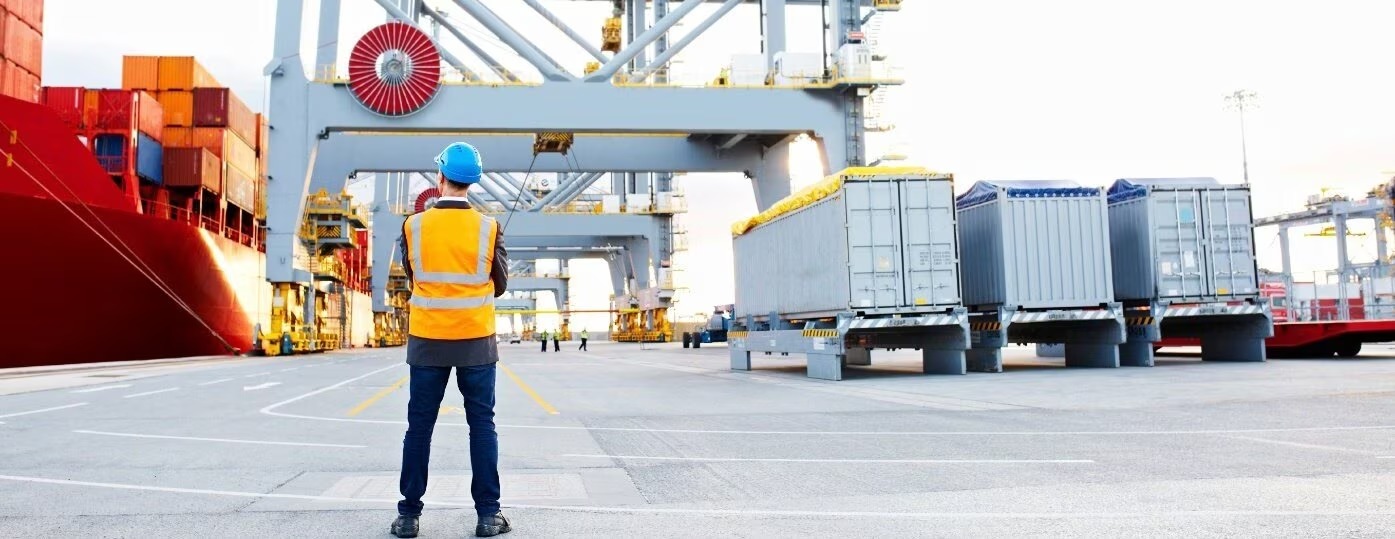How Micro-Fulfillment Centres Are Changing the Game for Regional Carriers
November 12, 2025
The traditional logistics model relied on massive, centralized warehouses located far from city centers. While these large facilities offered scale, they often created delays in last-mile delivery. Now, the focus has shifted to micro-fulfillment centers (MFCs) — compact, automated hubs strategically placed closer to major urban areas. These facilities allow goods to move faster, reduce transportation costs, and make same-day or next-day delivery a reality. For regional carriers, this evolution opens up new opportunities to service nearby areas more efficiently and frequently.

1. Why Micro-Fulfillment Matters to Regional Carriers
Regional carriers are uniquely positioned to benefit from the rise of micro-fulfillment. With shorter routes and flexible fleets, they can easily adapt to high-frequency deliveries between MFCs and local customers.
This shift is transforming how regional networks operate — instead of long hauls to distant warehouses, carriers now make multiple local runs each day.
Retailers and e-commerce brands are partnering with these carriers to gain speed, reduce emissions, and enhance customer satisfaction.
For carriers, the move means more consistent business, closer client relationships, and a stronger foothold in regional logistics.
2. Technology Powering the Change
The success of micro-fulfillment centers depends heavily on technology. Automation and robotics handle storage, picking, and packing, reducing human error and processing time.
Meanwhile, AI and IoT systems optimize inventory placement, while real-time route optimization tools help carriers plan faster, more efficient deliveries.
Integration with online platforms like Shopify or Walmart Marketplace ensures orders flow seamlessly from purchase to fulfillment — all within hours.
For regional carriers, adopting compatible tech systems is now a competitive necessity, not an option.
3. Challenges for Carriers
Despite the advantages, the shift to micro-fulfillment also brings challenges.
Carriers must manage tighter delivery windows, unpredictable volumes, and increasing customer expectations — all without inflating costs.
Operating near city centers introduces issues like traffic congestion, parking limitations, and access restrictions.
Moreover, to stay competitive, carriers need to invest in smarter fleet management systems and data-driven decision-making.
Balancing speed, accuracy, and profitability has become the new equation for regional logistics success.
4. The Road Ahead
The micro-fulfillment trend is not slowing down — experts predict over 60% growth in U.S. adoption by 2026.
Regional carriers that evolve quickly, embrace automation, and form partnerships with 3PLs and retail networks will dominate local markets.
Future logistics ecosystems will rely on collaboration between technology providers, fulfillment operators, and carriers, all working toward a faster and more sustainable delivery chain.
5. Conclusion
Micro-fulfillment centers are reshaping logistics from the ground up. They don’t replace large warehouses — they complete them.
For regional carriers, success in this new era means operating smarter, moving faster, and staying closer to the customer than ever before.